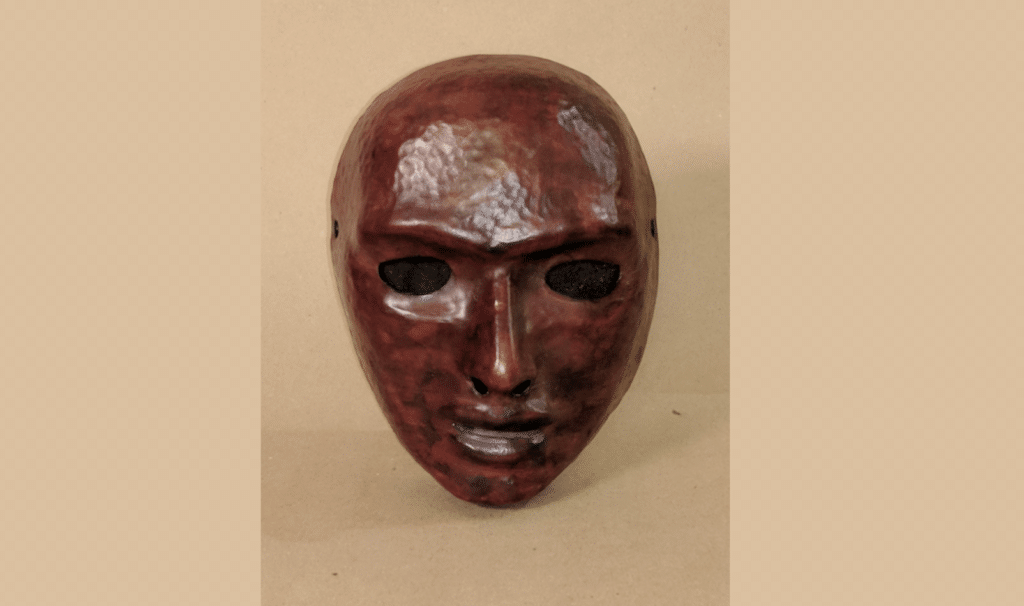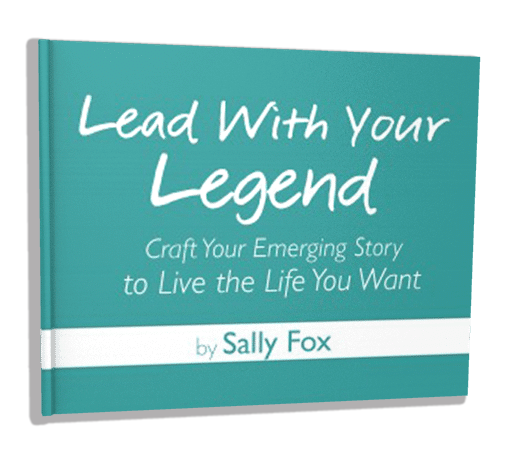
How does one learn to be more present–in that state of being in the moment, open, receptive, and curious?
And how do I move beyond my overstretched I’ve-got-to-have-life-figured-out brain, and, occasionally, (good luck), stop trying to control the world?
I’d like to find more of the part of me that can be still, notice rather than plan, and walk with curiosity rather than ambition. The me that is child-like and entranced by her senses.
This is not a part of me I’m likely to find in my cell phone or on Facebook.
Last weekend, on a ferry ride into Seattle to attend an improvisational theatre workshop, I realized, oh dread of dreads, that I’d left my cell phone at home. How was I going to be able to entertain myself and stay in touch with the world on my ferry rides? How would I even let my husband know that I had gone free-range without access to my cell phone?

photo by Joe Mabel
Hoping to borrow a phone from someone so that I could call my husband, I strolled slowly around the passenger deck. There I saw an amazing, if terrifying, sight. All but one of the passengers, on this scenic ride across Puget Sound, were looking down at their phones.
I would have been doing the same.
What’s happened to us? How do we expect to notice the world with our eyes focused on our screens?
Playing our way back to presence
The two-day workshop to which I was traveling soon offered me clues about finding more presence. Taught by master teacher, director, actor/clown Arne Zaslove** the workshop focused on playing, improvising and working with masks. Through simple games, such as throwing balls in a circle, Arne helped us recognize the quirky behaviors to which we default when we become stressed or frazzled. As he often likes to say, “Under pressure, you are your game.”
During most of the workshop, we improvised scenes using masks, both expressive masks that reflect a character, personality or emotion, and neutral masks that contain no expression, and no visible personality.
Before I studied with Arne, I thought masks, whether tribal or theatrical such as Japanese Noh masks, were largely historic relics. In the United States, we barely use masks, except at Halloween when they are used casually to imitate movie stars or pseudo-spook people.
Masks can be so much more. Even a cheap Halloween mask can be transformed into a persona by an actor who knows how to enter into the world of the mask.
Masks invite me to explore the world, free of the worry about what my face is saying to the world.
 In donning an expressive mask, I step into the world of a character or emotion. Using masks, I explored being a haughty woman, a crinkled grandmother, a serving wench and a laughable, arrogant Captain (a classic Commedia Dell’Arte character).
In donning an expressive mask, I step into the world of a character or emotion. Using masks, I explored being a haughty woman, a crinkled grandmother, a serving wench and a laughable, arrogant Captain (a classic Commedia Dell’Arte character).
Neutral masks challenged me to just be present without suggesting who I was supposed to be. In neutral mask, you play a scene devoid of personality and past. When I’m in neutral mask, I’m challenged to go beyond my mind, ideas and plans, and see the world with the curiosity of a small child or the instincts of an animal.
 In a neutral mask, I respond to the world that is in front of me, rather than filtering life through my past experiences, expectations, and concepts of how life is supposed to be.
In a neutral mask, I respond to the world that is in front of me, rather than filtering life through my past experiences, expectations, and concepts of how life is supposed to be.
Neutral mask invites me to be more present.
I’d done a little neutral mask work in a previous class of Arne’s, but on the first day of this workshop, I failed in my first attempt. “Too much expressiveness,” Arne offered, with his characteristically kind blend of encouragement and suggestion. I stood in front of the group, baffled, trying to understand how I could possibly express the mask without my usual expressiveness.
After class, my classmates whispered hints: “Drop into your gut.” “Let your breath travel throughout your whole body.” “Don’t think with your mind–think through your heart or gut.” “Explore the emotions you find in the scene and let them carry you.”
 Arne asked us to consider the world of animals and how they move, ever alert, reactive, and tuned into their surroundings.
Arne asked us to consider the world of animals and how they move, ever alert, reactive, and tuned into their surroundings.
I immediately pictured our two new foster dogs. Those bro-pals go from sound asleep to revved up and ready to roll with only the slightest hint of footsteps. No longer can I fix my quiet cup of tea in the morning before these can-we-play-NOW guys demand attention. They live in the moment, always looking to play.
On day two of the workshop, I learned more about what neutral mask offers. I improvised a scene without planning or thinking about who I was supposed to be. I centered in my body and let myself be curious. I responded in the moment to the moment. I allowed myself to be moved by what occurred spontaneously in the scene.
By the end of that scene, I was shaking, as if I’d stepped through a portal to a different part of life, certainly a different part of myself.
Neutral mask is not a philosophy of how we’re “supposed to be” in the world. We also need planful minds that can understand rules and think ahead. I can’t drive a car like a child, free of past knowledge or awareness of consequences. Yet sometimes, I still need to play.
A neutral mask is a terrific tool for re-discovering the worlds of discovery, invention and play.
After just a few minutes of play, listening with my senses, and responding to what was in front of me, I felt my imagination waking up–an imagination that, for many of us, is endangered these days.
Alas, I can’t depend on a workshop to rekindle my imagination–although I would highly recommend studying anything with Arne! I need to find how to bring play into my day to day life.
Maybe I can begin by taking my eyes off the cell phone on my next ferry ride and watching the light shimmering on Puget Sound and the clouds dancing around Mt. Rainier. I can sniff the scent of saltwater mixed with bathroom cleaner from the nearby toilets and coffee in the galley. I can hear engines rattle and the squealing of children running down the aisles. Perhaps in twenty minutes of being present, I will find magic.
As to our new Springer Spaniel foster dogs, those high octane tanks of brotherly energy? Perhaps they’ve come into our lives for a reason. They’re true masters of play and willing to express, at any moment, what they have just discovered. Currently, they’d much prefer that I stop writing PLEASE because, why don’t I see, it’s time to PLAY!

They’re right. Maybe, if people would learn to play more, we’d all bark a lot less.
**Learn more about Arne Zaslove, his work, and his upcoming events. Check out his blog about physical theatre and masks.










3 Responses
Let me see if I understood our question.
You must feel safe before you can express your self.
(You meant express yourself in a nice way, right?)
To me, your question is about feeling safe. The rest, sink or swim, is self expression.
If you feel danger, being a good fighter is an alterative action. Not the only choice, but an easy default.
Encouragement helps my energy and the ability to participate and express myself. A moment can be built of anything. So much for planing, eh? Safety first.
Careing and a sense of fairness are a good foundation expressing yourself.
There is another story to tell about how this is accomplished on stage, but for now, “If you can’t laugh at yourself you didn’t get the joke.” : )
Dance Healing allows me to be present from within while exploring through movement what I’m holding on to. The movement that moves me also allows me to be playful and explore my inner and outer self. Living in nature brings out my playful side. Witnessing the wild beings in my back yard cause me to chuckle. The tree friends that live around me bring joy. All the subtle being friends remind me to lighten up. Thank you for asking.
What a wonderful list, Viana!